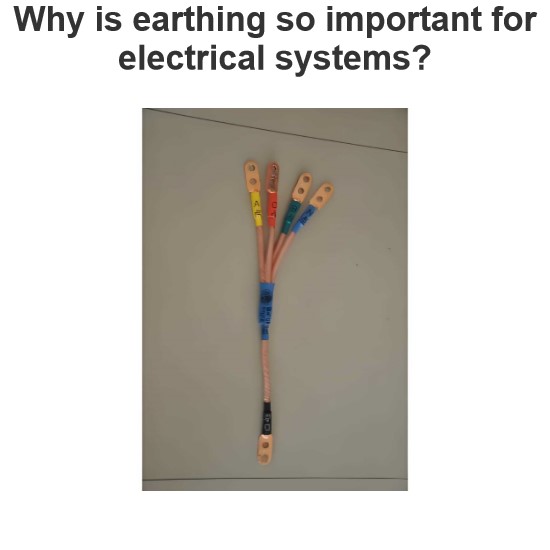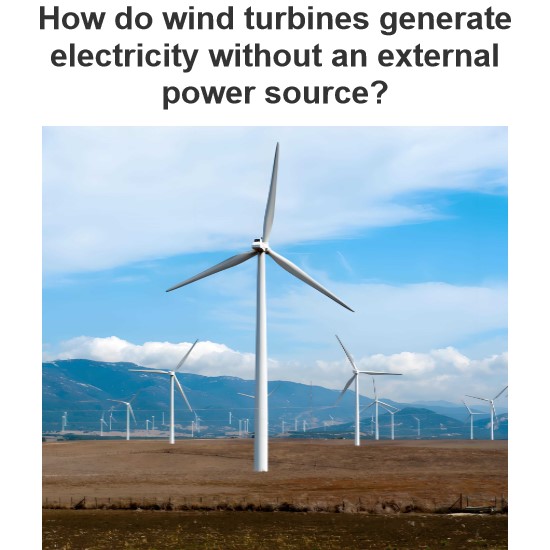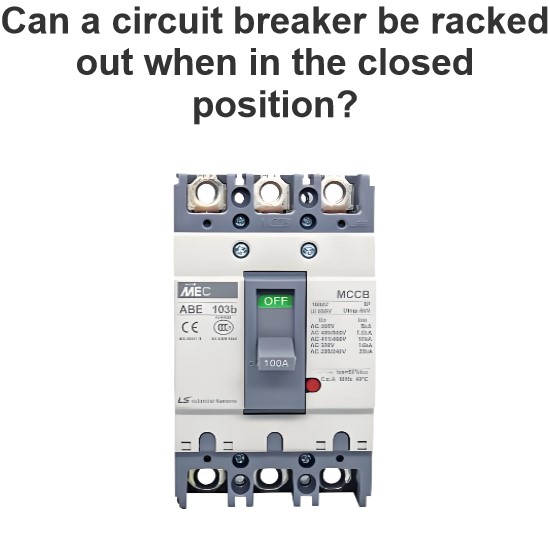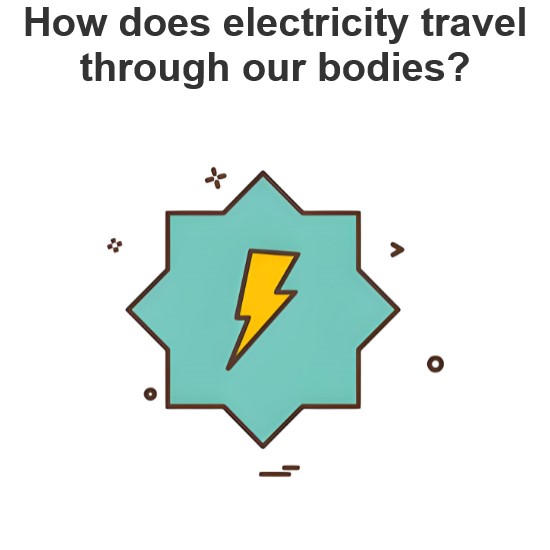What is the reason behind transmission lines being single stranded and not twisted around each other at high voltages?
Why are high voltage transmission lines mostly single strand and not twisted
The design and material selection of high-voltage transmission lines are based on a variety of factors, including safety, efficiency, construction difficulty and cost-effectiveness. Here are some explanations for why high-voltage transmission lines are mostly single-stranded and not twisted:
Safety and reliability
High voltage transmission lines usually carry high voltage, which has extremely high requirements for safety and reliability. The single strand structure can provide better mechanical strength and tensile properties in some cases, reducing the additional stress concentration points that may be caused by stranding, thereby improving the overall stability of the line. In addition, when the single strand structure is damaged by external forces, such as wind blowing or animal biting, it is less likely to cause the line to break, increasing the safety of the line.
Heat dissipation performance
High voltage transmission lines generate heat during operation, especially when large currents pass through. The single strand wire has a larger heat dissipation area due to its thicker diameter, which helps to dissipate heat faster and avoid problems caused by overheating. This is especially important for high-voltage lines, where high temperatures can negatively affect the performance of conductor materials.
Construction convenience
Single strand is relatively easier to operate in the construction process, especially in the links such as threading, and will not increase the difficulty of construction because of the gap between the strands as the multi-strand. For large-scale high-voltage transmission line construction, simplifying the construction process can improve efficiency and reduce costs.
Economy
While multi-strand may require more complex processes in the production process, resulting in higher costs, single-strand strand usually has a lower price due to its simple design and manufacturing process. In the case of a limited budget, choosing a single strand can save costs.
Technical requirement
The design of high voltage transmission lines needs to consider a variety of technical parameters, including voltage level, current capacity, environmental conditions and so on. Under these conditions, single-stranded wires may offer more suitable electrical properties and mechanical adaptability, making them ideal for high-voltage transmission.
Conclusion
In summary, the high-voltage transmission lines are mostly single strands and do not intertwine, mainly to ensure the safety, reliability, heat dissipation performance, construction convenience and economy of the line. These factors together determine the design and material selection of high-voltage transmission lines.
The Electricity Encyclopedia is dedicated to accelerating the dissemination and application of electricity knowledge and adding impetus to the development and innovation of the electricity industry.




